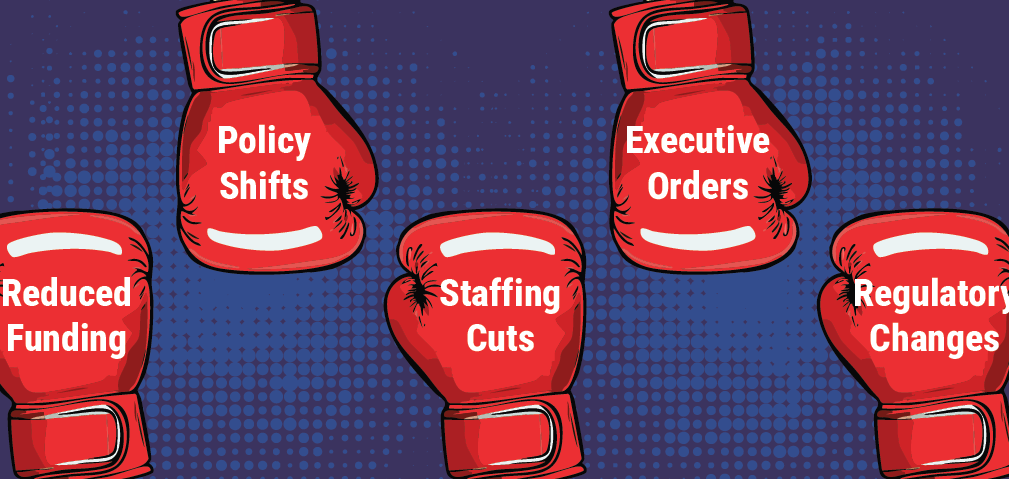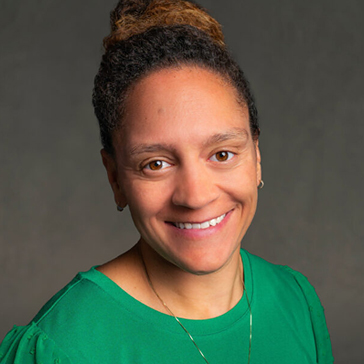
Nonprofit organizations are facing tremendous uncertainty under the second Trump administration. Policy shifts, executive orders and regulatory changes are creating ripple effects that impact funding, operations and programming. The funding structures for nonprofit organizations often limit the ability and capacity of organizations to nimbly respond to external shifts. And, under the current political context, it is challenging to anticipate how changes in the field will affect each organization. By coming together to define innovation and mutually beneficial solutions, nonprofit leaders can weather current challenges and be better positioned to meet the needs of a changing field.
With over 20 years of experience supporting nonprofits with strategic planning, we know now is not the time to abandon strategic planning efforts but to adjust them to navigate competing demands and make quick decisions. To thrive in the coming months, nonprofits must design and execute shorter, more adaptable strategies. Planning in shorter cycles, rather than the typical 6-8 month strategic planning processes, is crucial as it allows organizations to respond swiftly to changing circumstances. Nonprofits must also prepare for multiple scenarios—some promising (like a surge in demand for organizations that support immigrant students) and others more daunting (such as eliminating resources for research and program evaluation). These adaptable approaches presume a more unpredictable and fluid multi-year timeline, produce strategic plans that enable nonprofits to be agile and flexible, and help them better manage and seize opportunities as they arise. Below, we share more on our Peer Learning Collective offering to support nonprofits through adaptive strategy planning in a community with similarly situated organizations.
Survival for nonprofits in today’s environment isn’t about waiting for stability. It’s about forging forward with adaptive approaches to create stability in times of ambiguity. Nonprofit leaders need to make tough but necessary decisions, such as:
Education First has worked with a range of nonprofits to plan for multiple scenarios, streamline operations and diversify revenue, and has supported organizations to merge and sunset. The key across all of these scenarios is being proactive, not reactive.
Navigating this landscape doesn’t have to be a solo journey. Education First, is launching the Peer Learning Collective, to support nonprofit leaders tackle the uncertainty of today’s environment alongside leaders from other organizations. Using frameworks from Education First’s Facts in the Flood, participants will build the knowledge necessary to safeguard or adapt their organizations through specific tools that support strategic analysis, scenario planning, financial modeling alongside co-learning and collaboration. In addition, participants will gain access to specific tools, resources and coaching built on Education First’s Coherence Framework to build focus and coordination, remove barriers, address diverse scenarios (including analysis of the changing federal landscape) and conduct financial modeling. Leaders of organizations with an equity focus will receive support to navigate internal culture and dynamics, and make strategic decisions about how they show up externally (holding firm vs. quietly continuing their work).
We can’t avoid what’s in front of us. While the future may be unpredictable, bold and informed leadership is required. Let’s move through this, together.

